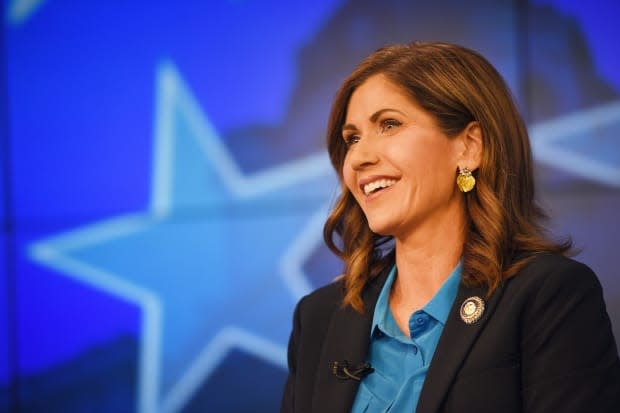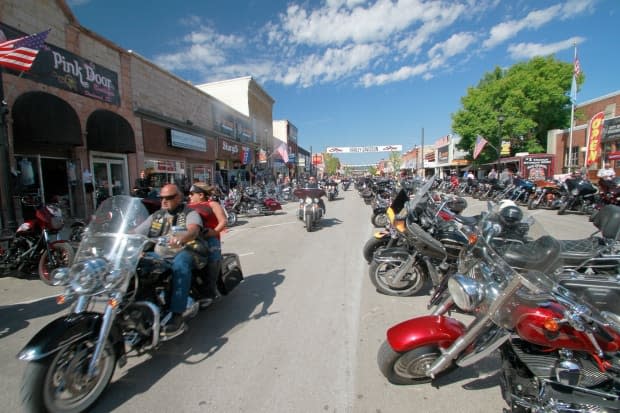High North Dakota COVID-19 death rate hits home for Canadian family

Tony Loeppky was hoping to visit his family in Manitoba at Christmas. Instead, they're trying to get his ashes sent home so they can mourn his death.
"I find it,it hurts a lot, that he would have passed by himself. I think that's the hardest part," Loeppky's sister, Marlow Fraser, said through tears from her home in Inverness, N.S.
Fraser still can't believe Loeppky, her otherwise healthy, 58-year-old brother, has become part of a horrible statistic — one of nearly 260,000 people in the United States who have died of COVID-19.
"If this virus hadn't been here, he would still be alive," she said.
Loeppky moved years ago from Altona, Man., to North Dakota — first Grand Forks, then Fargo — where he worked as a truck driver.
His family said he was taking precautions at work and when he went grocery shopping; wearing a mask and physically distancing.
WATCH | Despite high infection rates, North and South Dakota resist restrictions:
But that wasn't enough to protect him. Though it has half the population of Manitoba, which it borders, North Dakota has about five times the number of cases, meaning the per capita infection rate is about 10 times what it is in Manitoba.
"COVID, it's no joke. It's a serious, serious virus that we really need to get under control because I don't want to lose another family member to this," Fraser said.
North and South Dakota are strong Republican states that have resisted mandating public health measures, saying they should be a personal choice.
Infections started spiking after large gatherings on Independence Day in July and continued as university and college students returned to school in the fall.
North Dakota Gov. Doug Burgum didn't make masks mandatory until Nov. 13, when hospitals were becoming overwhelmed. That state had a total of 74,401 cases and 883 deaths as of Tuesday.
South Dakota, which has a total of 73,848 cases and 819 deaths, still has no mask mandate.

"The only reason you know who I am today is because the liberals have been busy kicking me in the head for all the decisions I've made for my people in South Dakota," Gov. Kristi Noem said a few weeks ago at a rally for U.S. President Donald Trump.
"But let me tell you, my people are happy. They're happy because they're free."
Noem has also refused to ban large gatherings, including the huge Sturgis motorcycle rally in August, which is believed to have been a superspreader event.
South Dakota's seven-day positivity rate has been alarmingly high at times — at one point in mid-November reaching nearly 60 per cent, higher than any other state in the U.S. — and currently stands at just over 43 per cent, although this metric can vary widely depending on how and when it is calculated.
An analysis of data from the Center for Systems Science and Engineering at Johns Hopkins University conducted by the Federation of American Scientists suggests the states' death rates due to coronavirus are among the highest in the world. South Dakota leads the list with 25.2 deaths per one million people for the seven-day period ending Nov. 21. North Dakota is second with 21.4 deaths per million in the same seven-day period.
American Thanksgiving, which is on Thursday, and Black Friday are raising concerns as people travel, gather and shop — increasing their risk of exposure to the virus.
"Our governor has been misleading her constituents from the start," said Dr. Shannon Emry, a pediatrician from Sioux Falls, S.D.
"She has downplayed the dangers of the virus, downplayed the importance of wearing a mask and its really undermined the people's trust in their medical community, and that's actually putting more people in danger."
Back in Canada, Marlow Fraser doesn't think COVID-19 should be a political issue.
"I really find people are reaching when they say it's a hoax and it's a government trying to control you," she said. "And you know what? The government controls us in so many different ways. So if you have to wear a mask, wear a mask. That's not a control."



